EPS caps
An essential element of any good external wall insulation system is the capping of mechanical fixings.
This stage takes place after the EPS boards are stuck to the wall with adhesive and then reinforced with metal fixings. These little foam caps may not look like much, but they can be crucial for the final finish of a project. The main consideration when installing external wall insulation is minimising cold bridging. There is no point fitting a system if you are effectively creating pathways for cold to travel inside through your walls in cold weather.
When installers rush (or try to save money) by missing out this step, it can really affect the final finish and the difference in thermal comfort that the EPS can bring to your home.
Below, you can see a wall with mechanical fixings, but no EPS caps. EPS (expanded polystyrene) is a fantastic insulator, and is used to block gaps made by the fixings. Without these caps, the insulation is could suffer as a result of cold air being transferred through the fixing rods.
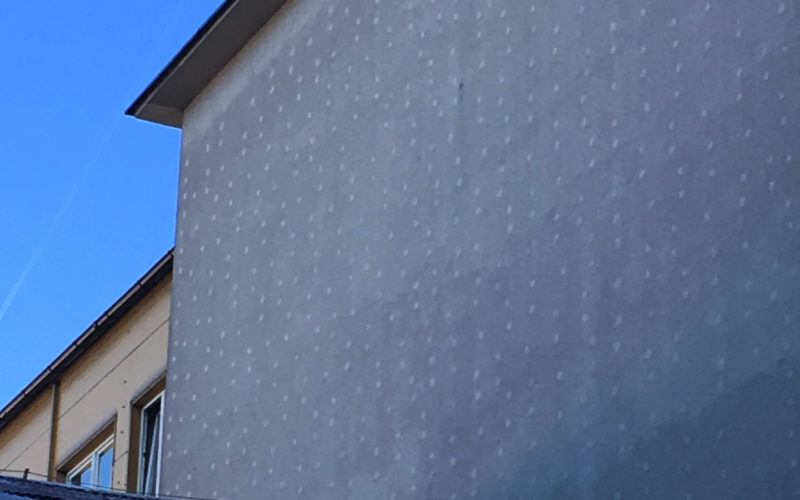
The use of caps is optional, as the system will be structurally sound without them, but they are a final line of defence against thermal bridging. If EPS caps are not used, it is important to use (more expensive) plastic fixing rods, rather than metal. Because metal is a conductor, it can encourage heat transfer between inside and outside, which is exactly what solid wall insulation is designed to avoid. We recommend using caps to ensure a highly effective system which is guaranteed to perform for years. You can see examples below:
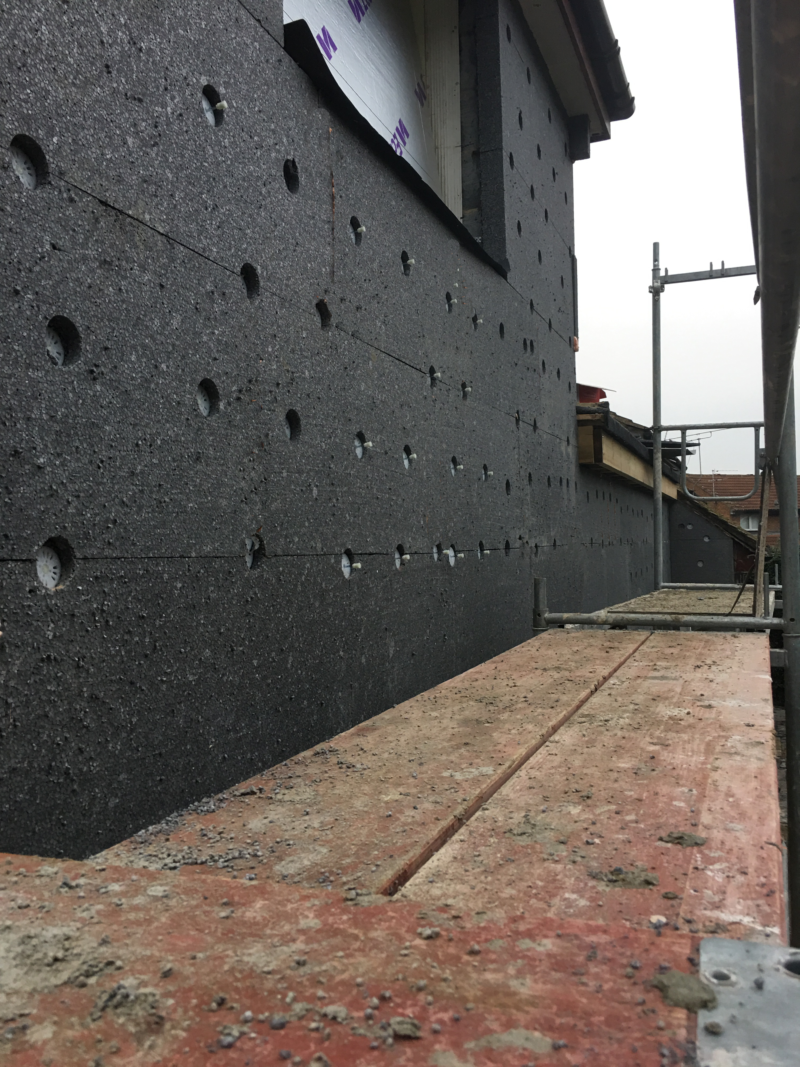
At Be Constructive we want to make sure we give our customers the best options, and that is why we are one of the leading solid wall installers in the UK.
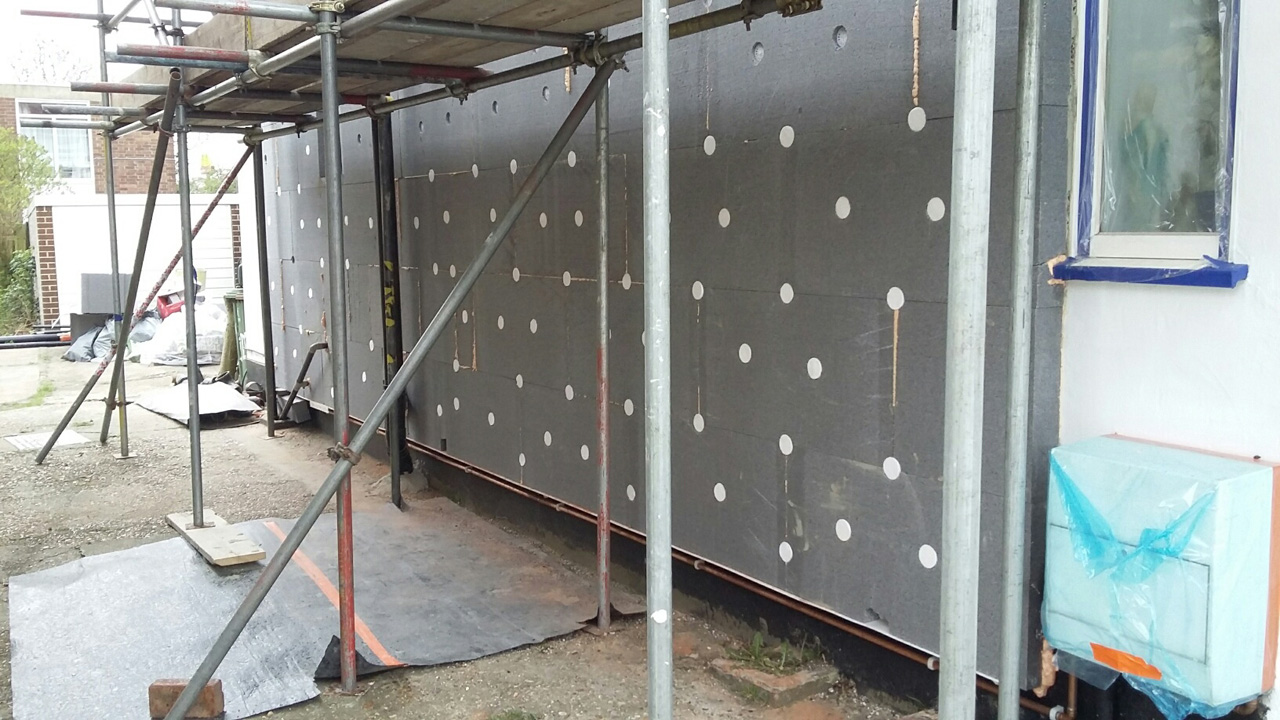
The finished product
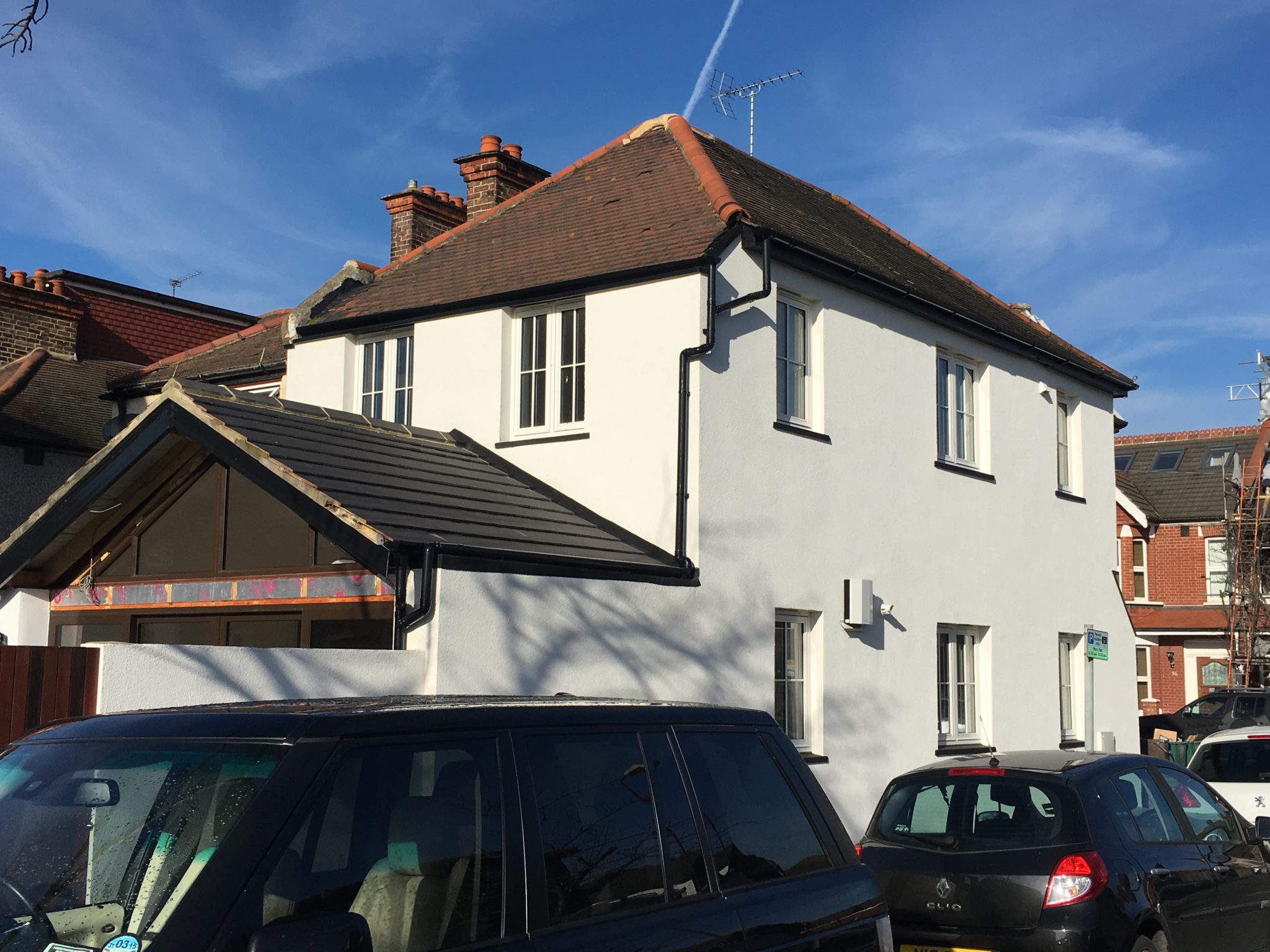

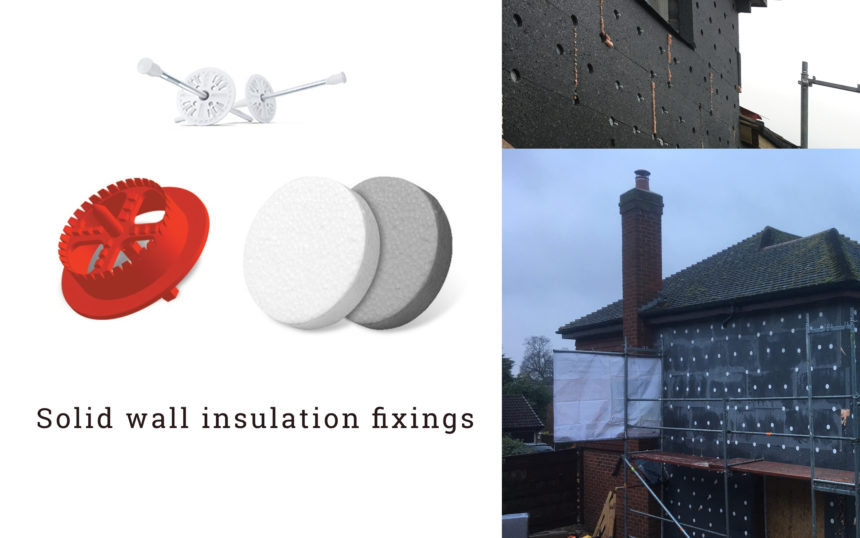













2 comments
My architect keeps on going on about thermal bridging. How important is it really and does every installer consider thermal bridges? Some of the builders I’ve spoken to don;t seem to care about them much.
Hi Garland,
In terms of the energy efficiency, cold bridging only has a minimal impact on the performance of the system in most cases. We are talking a few percent.
But in some things like the capping of the fixings, avoiding cold bridging is absolutely crucial. You might not lose much heat , but there can be other consequences, like marking of the render and damp internally.
Basically it can be important for some parts of the job and less so for others. Its always best to avoid cold bridging but on some jobs it just isn’t possible without some huge refurbishment works to the property, like changing windows!
Regards,
Alan